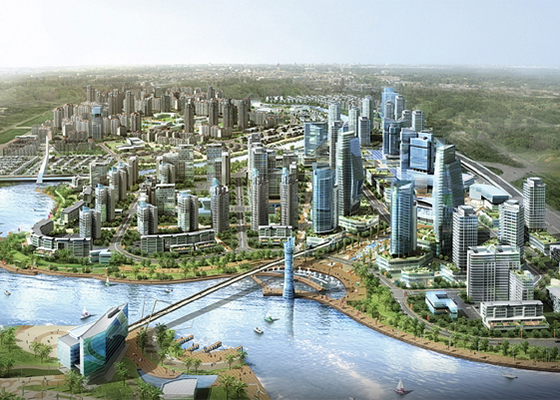National rail operator KTM Bhd (KTMB) is mulling over plans to set up KTM Thailand in a bid to expand its cargo and passenger business in the land of smiles.
“We had discussion early this year (with the Thai authorities), and we hope it could be set up by next year with the focus on expanding our cargo division and passenger service,” said KTMB president Dr Aminuddin Adnan at the opening of the 32nd KTMB-State Railway of Thailand Joint Conference.
He said leveraging on KTMB’s good relationship and existing cooperation with Thailand, the group was looking beyond the local shores ever since it ceased operations at the Tanjung Pagar station in Singapore, which had been in operation for the last 79 years.
“Discussions recently with Thai shippers especially the ones in southern Thailand indicate that there are a lot of rubber products that they want to deliver to global customers through our ports, and this presents a big opportunity for us, its just that right now we don’t have the capacity to do that,” he said.
He said KTMB would be looking to increase its cargo division’s revenue by 10% to 20% in the near term, and would strive to gain more in the longer term.
“Our cargo business was consolidated from three subsidiaries, namely Multimodal Freight Sdn Bhd, KTM Distribution Sdn Bhd and Cargo Division, and we hope to expand our business aggressively next year, especially on our landbridge service and cargo business.
“To increase our capacity for the cargo and passenger service, we have to invest in some new locomotives, and because Thailand is still using the old standard 16 tonne axle, KTMB have to procure locomotives with that capacity, even though it is lower than what is required in Malaysia, as we have improved our own infrastructure with the double-tracking project,” he said.
In the long term for KTM Thailand, the national railway operator may procure up to 40 locomotives to support its operations in Thailand, with half of the locomotives to be used for cargo services.
“This kind of investments are big investments and we are still inviting interested parties to supply these 40 locomotives, and it will be done through leasing or direct purchase,” he said without revealing any investment value the group was looking at.
However, Aminuddin said the group was leaning more on to the leasing option as an investing means to cater for the foreseeable huge demand coming from the country in the future. As an indication to the investment value, he said one locomotive would cost around RM15mil to RM20mil each.
“If the business plan for the cargo division is ready by this year, we will be looking to try to get these new locomotives soon so that we can expand the business.
“Our capacity will also be increased upon the completion of the Ipoh-Padang Besar electrified double-tracking rail project which would allow us to produce more turnaround from the cargo chain without having to increase the number of locomotives and wagons locally.”
He said with the extra capacity KTMB could carry from Padang Besar to Port Klang, it would be a shot in the arm for its landbridge business which had seen a decline in the last few years.
KTMB’s landbridge business is its unique selling point that provides clients with a speedier access to ports that would eventually have their products make their way into the global supply chain. As a comparison, the journey between Bangkok and Tanah Merah by rail would only take 40 hours compared with the all-water movement from Bangkok to Port Klang, which would take seven days.
“We have very good port facilities in Malaysia which they don’t have in southern Thailand, and we are in a position to capitalise on that,” he said.
Poised to be a strategically located regional player, KTMB is hoping to expand its cargo and passenger service business in Thailand and grow in tandem with the completion of the Singapore-Kunming Rail Link which would open up direct access to other Asean countries, including Cambodia, Laos, and Vietnam.
On its passenger service, Aminuddin said KTMB was trying to create a niche market segment to cater for tourists which would involve a route similar to the Eastern and Oriental Express luxury train currently operating from Laos to Singapore and vice versa.
Source: http://biz.thestar.com.my/news/story.asp?file=/2011/10/18/business/9715805&sec=business


